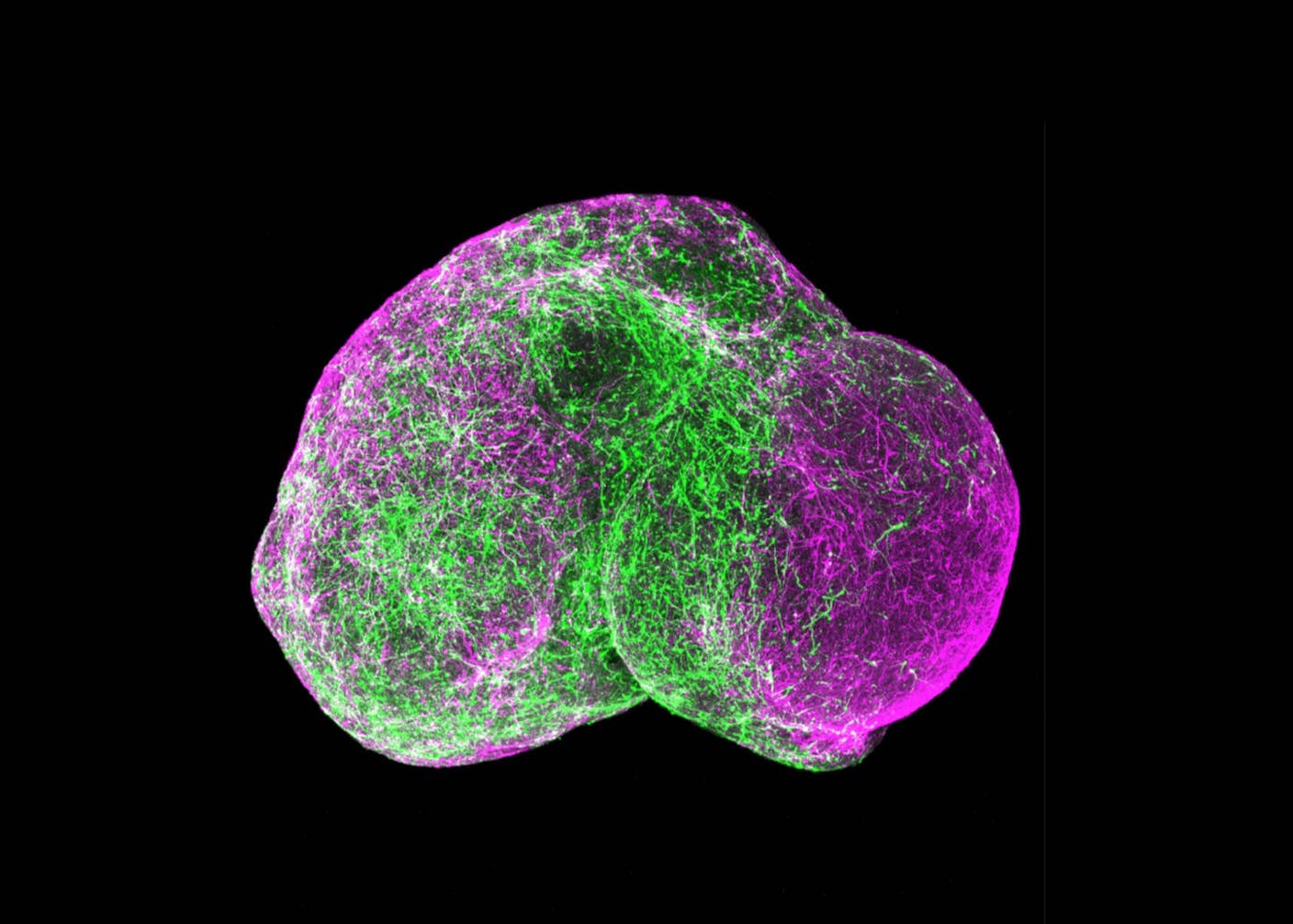Watch This Amazing 3D Bioprinter Make Artificial Bones From Scratch

Share
If 3D printing is already impacting manufacturing today, what breakthroughs could bioprinting — or printing any mix of organic and inorganic materials — achieve tomorrow? In a recent video, a basic prototype of the Aether 1 bioprinter is shown printing two bones connected by a tendon using six materials that include synthetic bone, conductive ink, stem cells and graphene oxide.
While bioprinted organs are still a long way off — this video offers a glimpse into that future.
According to Aether, the printer works with a wide range of materials — organic, non-organic and both — and is flexible about where those materials come from (instead of requiring anything proprietary). It can include 10 different materials in one print (way more than your average bioprinter) and is compatible with other tools like laser cutters and CNC routers. The printer’s universal tool mounts can even be used with pencils and paintbrushes—or whatever else — for making designs on canvas or other materials.
Such a range of possibilities begins to shift the limitations from the hardware to the imagination of the user. What really stands out in this video is the final product — fabricated bones seeded with two kinds of stem cells hooked together with tendons, transistors, and conductive wires. And this is only a test. What else will researchers and makers come up with?
Of course, if it’s not already obvious, their creation isn’t ready for implantation in anyone, though it does show off the machine’s versatility in an eye-catching way. And beyond versatility, the real selling point may be its price. Aether hopes to offer their printer for around $9,000 — while other bioprinters can cost up to $200,000.
For such bold claims — can they deliver? The announcement and video is only the first in a series which, according to Aether, will show off even greater functionality. Similar price reductions in 3D printers (that don’t bioprint) have met challenges commercially. But falling prices are a key trend to keep track of in any digitally driven technology like 3D printing.
Be Part of the Future
Sign up to receive top stories about groundbreaking technologies and visionary thinkers from SingularityHub.


And it should be noted, there are other companies wading into bioprinting too.
An early player, Organovo is currently working with researchers to use 3D printed tissues to test drug toxicity, and last year, they announced a partnership with cosmetics giant L’Oréal to test beauty products on 3D printed skin samples (and hopefully lessen reliance on animal testing). Meanwhile, BioBots is making a bioprinter about the same size and cost as Aether’s but with more focused use cases, like 3D printing tissues for research purposes.
We’ll have to wait for more substantial news to see just how all this fits together. This summer will see the first wave of Aether machines donated to universities and researchers while presale beta units are distributed to customers. By fall 2016, they hope to launch retail sales.
What would you use it for?
Image credit: Aether
Andrew operates as a media producer and archivist. Generating backups of critical cultural data, he has worked across various industries — entertainment, art, and technology — telling emerging stories via recording and distribution.
Related Articles

AI Can Now Design Proteins and DNA. Scientists Warn We Need Biosecurity Rules Before It’s Too Late.

Kids With Spinal Muscular Atrophy Show Dramatic Improvement With FDA-Approved Gene Therapy

Five-Year-Old Mini Brains Can Now Mimic a Kindergartener’s Neural Wiring. It’s Time to Talk Ethics.
What we’re reading